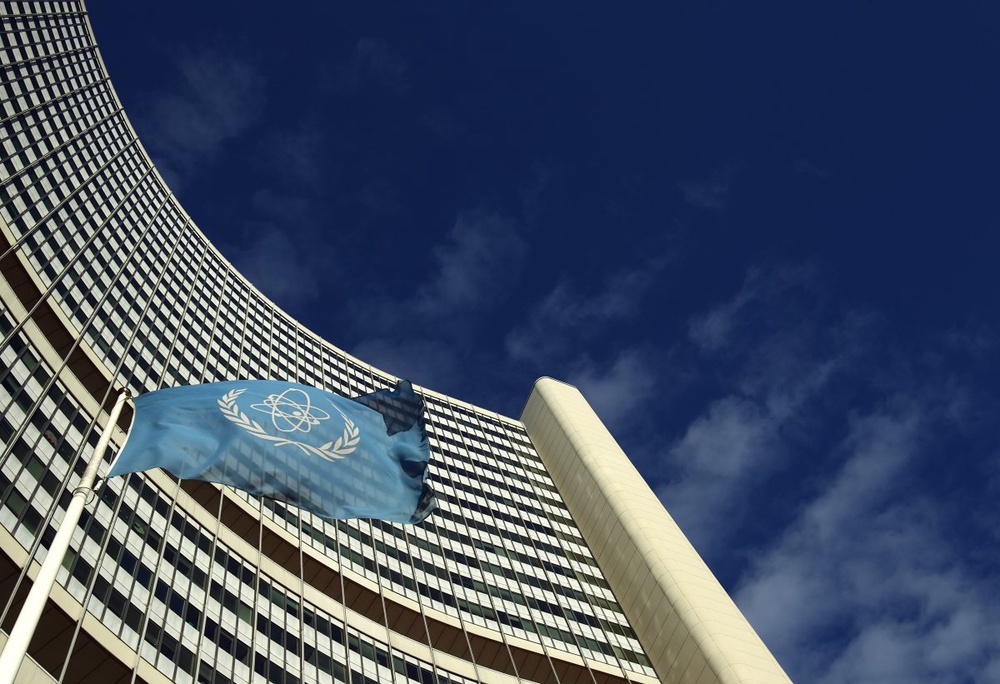
A delegation from the International Atomic Energy Agency has arrived in Iran to visit two nuclear sites ahead of the next round of political talks with world powers next week, AFP reports.





A delegation from the International Atomic Energy Agency has arrived in Iran to visit two nuclear sites ahead of the next round of political talks with world powers next week, AFP reports.
After meeting officials from the Atomic Energy Organisation of Iran on Monday the IAEA team will travel to Saghand uranium mine and the Ardakan yellow-cake production site, the official IRNA news agency said.
The facilities are located close together, about 450 kilometres (280 miles) from Tehran.
The trip is in line with a seven-step plan agreed between Iran and the IAEA in February to increase transparency over Tehran's nuclear activities.
Behrouz Kamalvandi, Iran's atomic agency spokesman, told IRNA that "most of the seven-step procedural agreement between Iran and the IAEA has been implemented."
IAEA deputy director general Massimo Aparo is leading the delegation. The meeting on Monday is to discuss the Arak heavy water reactor, an Iranian official told IRNA.
February's seven-step agreement is due to be completed by May 15, two days after the start of political talks in Vienna between Iran and the P5+1 -- Britain, China, France, Russia and the United States, plus Germany -- aimed at reaching a lasting accord.
As part of an IAEA probe, Iran agreed with the UN atomic agency in February to clarify its need "for the development of Exploding Bridge Wire (EBW) detonators".
Such fast, high-precision detonators could be used in civilian applications but are mostly known for triggering a nuclear chain reaction. The IAEA believes they form "an integral part of a programme to develop an implosion type nuclear device."
According to the IAEA, Iran told the agency in 2008 that it had developed EBWs for "civilian and conventional military applications" but has yet to explain its "need or application for such detonators".
IAEA officials previously visited the Lashkar Ab'ad Laser Centre, which is said to have been used for uranium enrichment.
Aparo's delegation is due to leave Iran on Tuesday night, IRNA reported.


 +7 (777) 001 44 99
+7 (777) 001 44 99















































